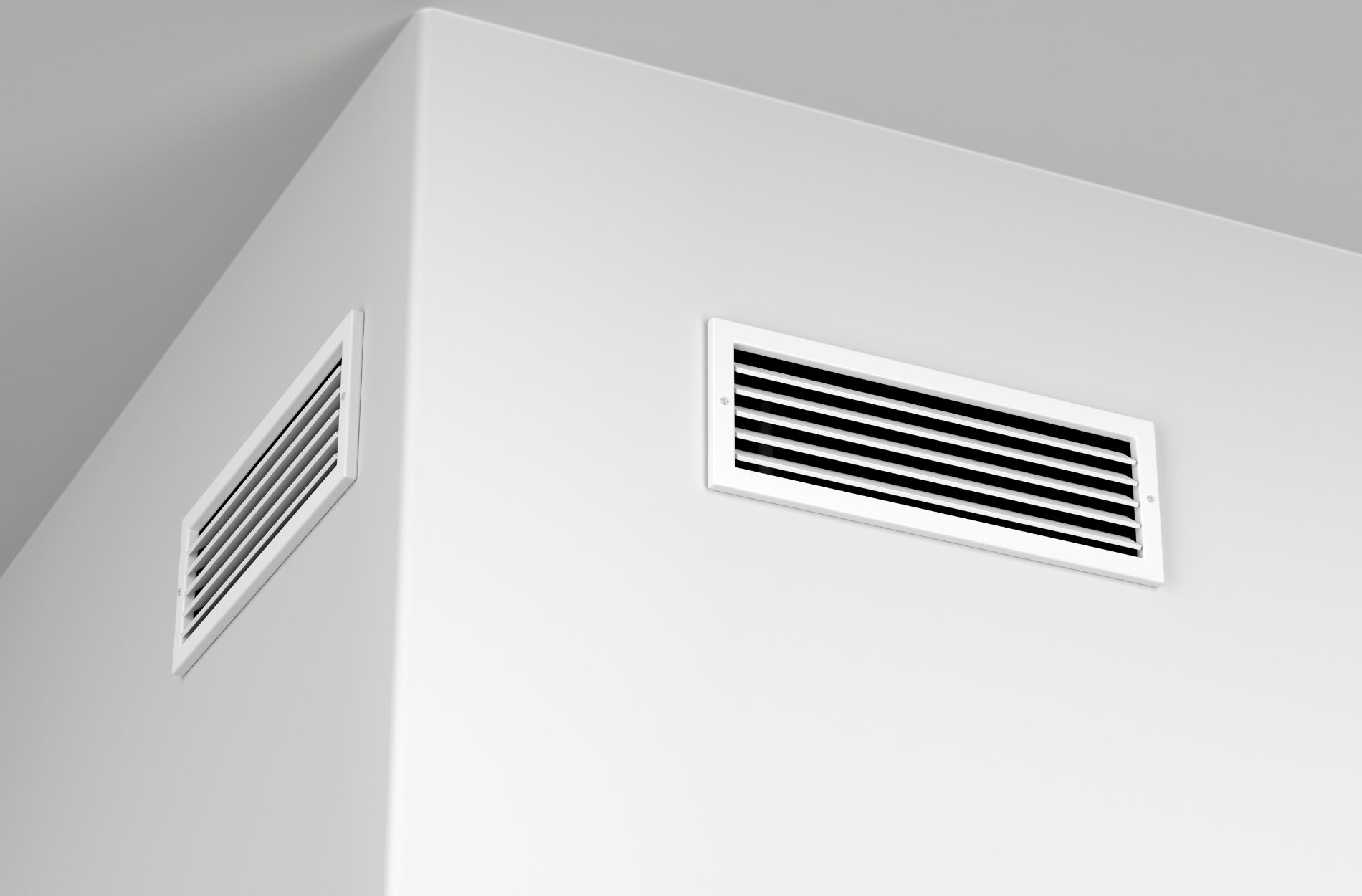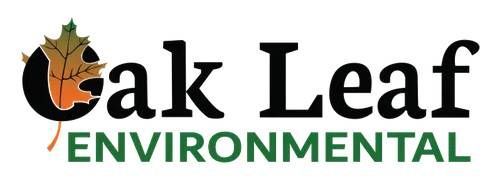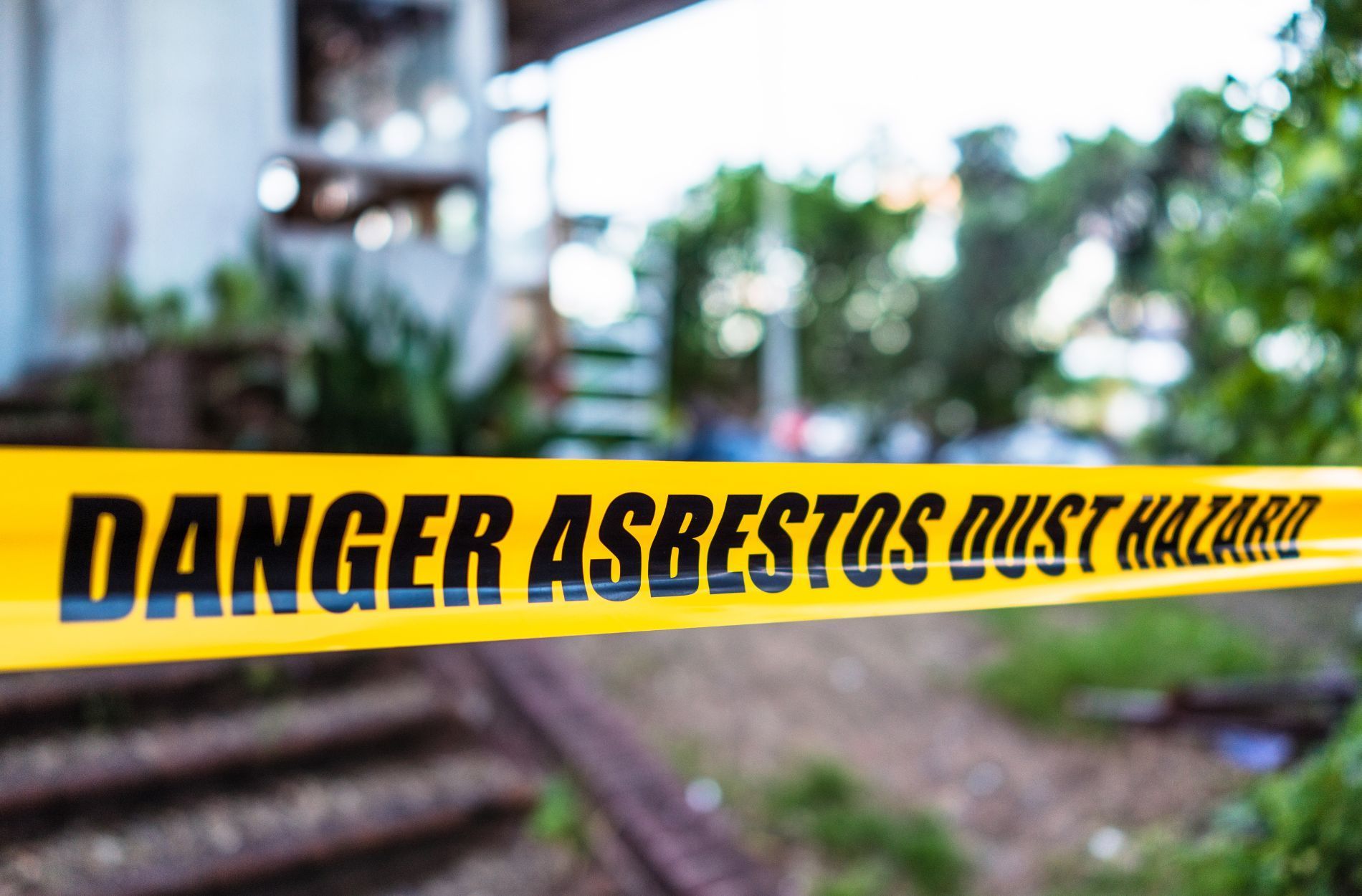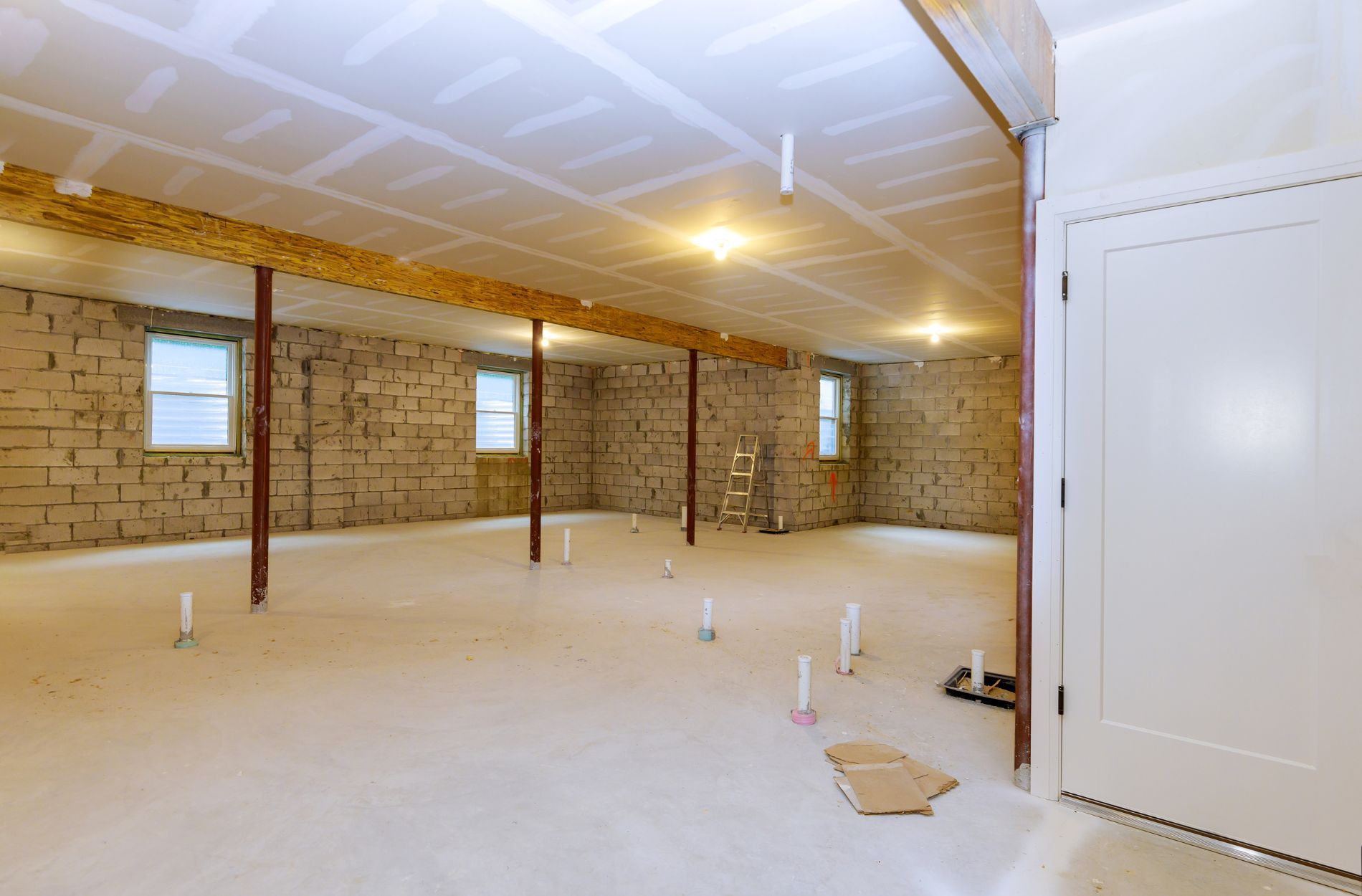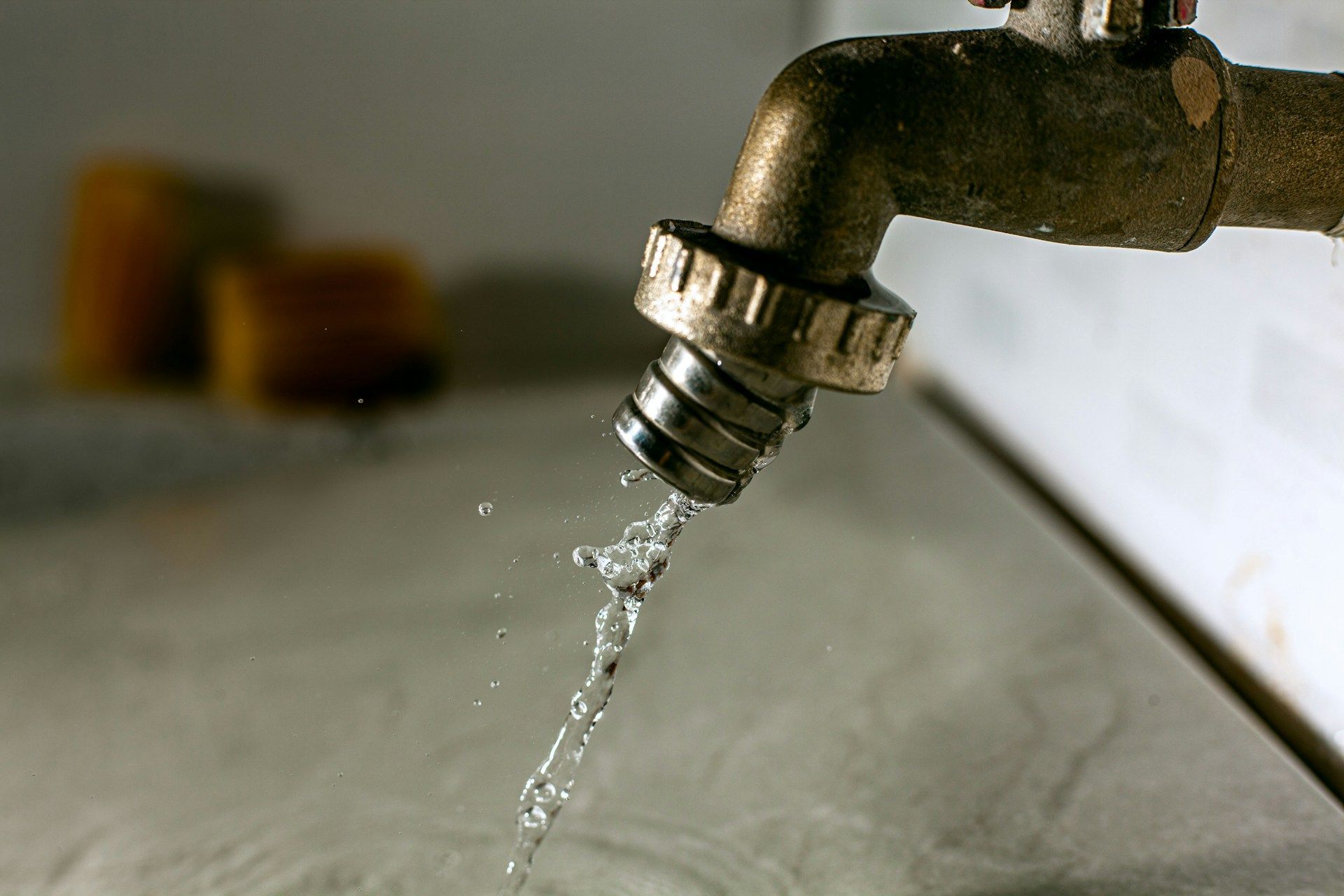5 Warning Signs Your Property Needs Environmental Assessment
Environmental issues in homes and buildings can happen without warning. You might go about your day without a single clue that something harmful is hidden behind the walls, under the floors, or even in the air. Problems like mold, chemical leaks, or poor indoor air quality can quietly build up and stay unnoticed until they start to affect your health or damage your property. Recognizing early warning signs can help protect your home from bigger problems and more expensive repairs later on.
As an environmental testing company, Oak Leaf Environmental helps homeowners identify these crucial signs before the situation gets worse. Whether it’s an odd smell, a strange discoloration on the wall, or a pattern of unexplained headaches, signs like these often point toward an issue that needs professional attention. Knowing what to look for is the first step toward a safer, healthier space.
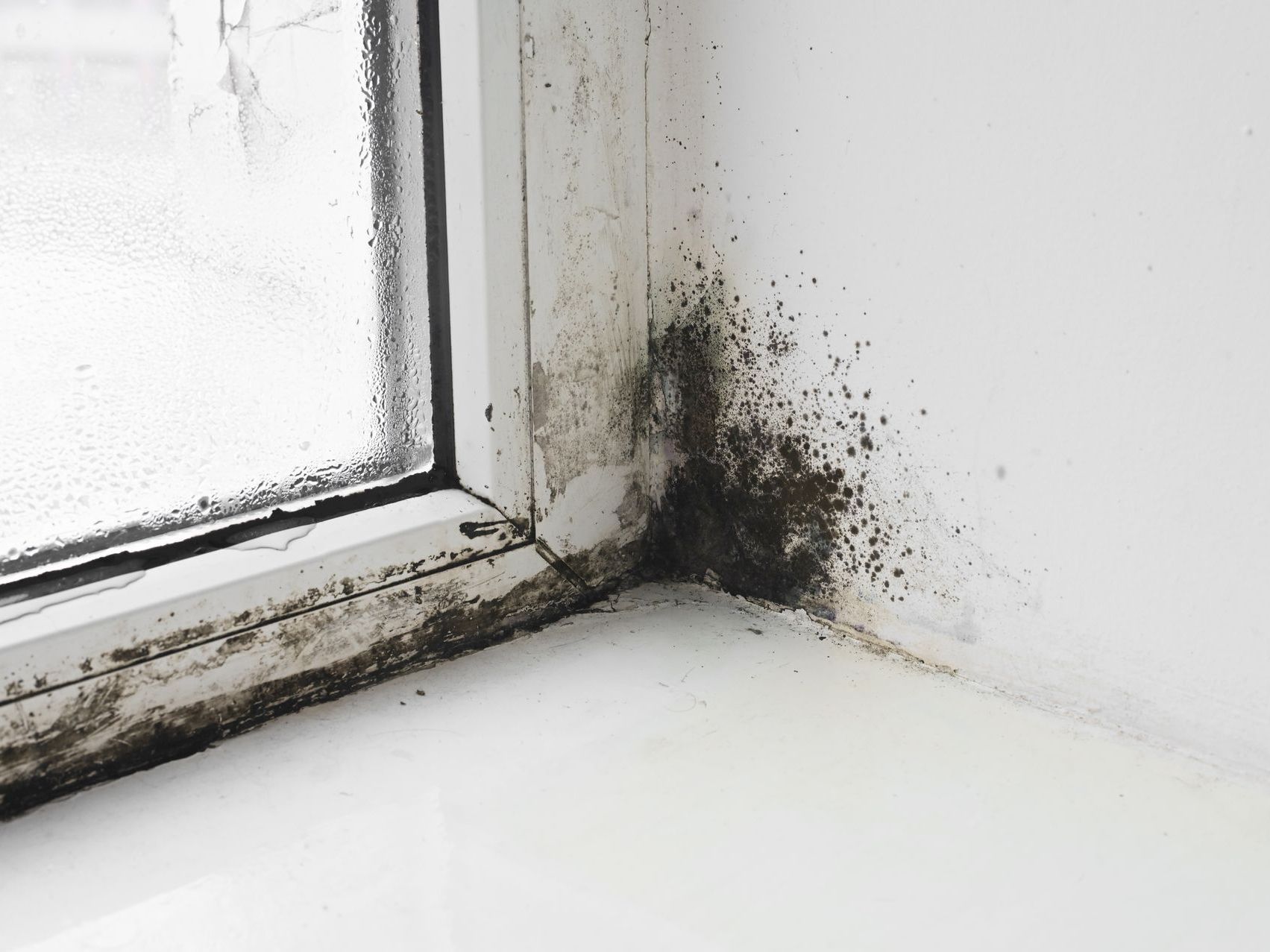
Visible Mold or Mildew
If you spot mold or mildew anywhere inside your home, that alone could mean it's time for an environmental assessment. Mold grows in damp, warm conditions and usually shows up in areas such as:
- Around windows or doors that collect condensation
- Under sinks and within cabinetry with plumbing
- On shower ceilings, bathroom grout lines, and tile
- Inside basements and crawl spaces with high humidity
- Near walls that have been exposed to leaks or broken pipes
Mildew often appears as a white or gray film that spreads across surfaces. Mold tends to take on darker colors like green, black, or brown and shows up in blotchy patches. Even a small amount can be the sign of a bigger issue underneath, especially if it keeps coming back after cleaning.
Sometimes you won’t even see mold, but a musty odor might give it away. In those cases, it could be growing behind walls, under floorboards, or in crawl spaces. A trained professional can test the area, locate condensation, and help determine the type of mold. Catching it early reduces risks to your health and your home’s structure.
Unpleasant Odors
Unexplained smells that linger could be a sign something isn’t right. You might clean your entire place, take out the trash, and open windows for fresh air, but still notice a strange scent that won’t go away. That’s a sign it may be time to schedule a more thorough check.
Different smells mean different things:
- Musty or earthy odors may suggest mold or mildew hidden inside walls or under floors.
- Rotting smells or stale air can point to water damage or decaying materials.
- Chemical or paint-like smells might mean gases are being released from building materials or contaminated soil.
- Sour or sewer smells could be from air leakage, poor plumbing, or blocked vents.
Odd smells may feel easy to ignore, especially when they seem faint, but air quality plays a role in long-term health. Covering bad smells with air fresheners doesn’t fix the problem. A professional can test the air, track down the source, and give solutions that actually fix what’s wrong.
Health Symptoms Among Occupants
If people in your home are regularly getting sick or uncomfortable and can’t figure out why, it may not be just allergies or the seasons. When everyone under one roof is sharing symptoms that go away after leaving the house, indoor environmental issues are worth checking into.
Watch for symptoms like:
- Frequent coughing or a scratchy throat
- Sneezing or a runny nose without clear cause
- Trouble breathing or increased asthma symptoms at home
- Skin itching, rashes, or dryness with no new products used
- Feeling unusually tired or lightheaded while indoors
These signs may seem random at first, but when they show up in patterns or across multiple people in a home, it’s worth paying close attention. Mold spores, dust, poor air circulation, or gases seeping from materials can all trigger reactions, especially in kids, seniors, or anyone with a pre-existing condition.
We’ve inspected homes where families felt sick for months until they noticed they felt fine when visiting other places. Tests revealed low air circulation and hidden biological growth. Once cleaned out and upgraded, the health problems went away.
Water Damage or Staining
Water damage, whether fresh or old, can invite bigger problems if it’s not addressed. Even if a leak was fixed, the affected area might still be holding moisture inside walls or flooring, inviting mold and rot that can’t be seen on the surface.
Be on the lookout for things like:
- Yellow or brown stains on ceilings or drywall
- Paint that bubbles, flakes, or peels off
- Wood or drywall that feels soft or sagging
- Rust forming on vents, nails, or window corners
- Continued dampness in basements, attics, or under sinks
People often try to cover stains by painting over them, thinking it’s only cosmetic. But without drying the area beneath and checking for mold or rot, that water can continue to cause damage. Wet insulation, warped flooring, or hidden bacteria can go undetected for years.
Assessments can help figure out how long the material has been damp and how far that damage has spread. Once you know what you’re dealing with, you can start fixing it properly and prevent it from getting worse.
Unexplained Damage to Property
Sometimes properties show signs of wear that don’t make sense. When wood starts to warp without humidity issues or paint begins peeling for no clear reason, something bigger may be happening underneath.
Signs to keep track of:
- Blistered or uneven paint surfaces with no water visible
- Wood floors shifting, buckling, or separating between boards
- Cracks in walls, especially near windows, doors, or foundations
- Stains that return despite repainting or cleaning
- Baseboards changing color or showing dark streaks
If damage keeps coming back after repairs or appears with no clear reason, it might be due to poor ventilation, material breakdown, or indoor pollutants causing reactions in building products. These aren’t just surface-level repairs anymore. They’re opportunities to figure out what’s weakening the structure or affecting the air.
Having a full environmental check gives you a clearer picture of whether your home is just aging or whether something reactive is ongoing. Acting sooner can save you from more expensive maintenance down the road.
Don't Wait for Problems to Grow
Spotting small issues around your property can help prevent big trouble in the future. Seeing mold, smelling something strange, or noticing headaches that vanish outdoors should never be dismissed. These aren’t random incidents. They could be warning signs from your home or building that something deeper needs attention.
Looking into problems early can make all the difference. Getting professional testing done helps pinpoint what’s really causing odd smells, health issues, or physical damage. You’ll get answers and a better sense of what to do next. Sometimes it’s the smallest changes that help avoid the biggest problems. Oak Leaf Environmental is here to help as your trusted environmental testing company.
If you're noticing these warning signs in your property, it might be time to address them seriously. Mold, water damage, and odd smells can lead to significant issues if not properly identified and managed. Rely on
an environmental testing company to help you get the clarity you need. Oak Leaf Environmental is here to guide you toward a safer and healthier environment.
